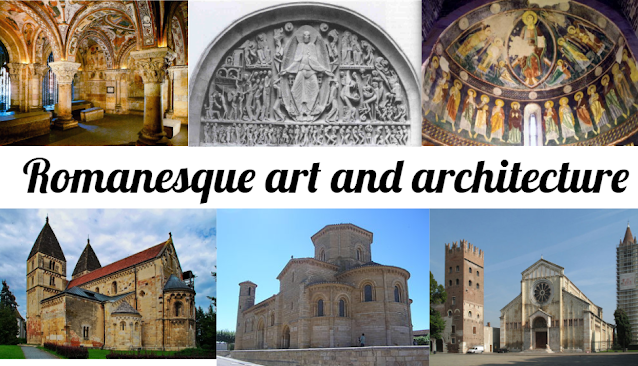English : New Year's Resolutions

Hello everyone, In English class this week we wrote some New Year's resolutions. We discussed the New Years resolutions that students had made for this year, as well as the best way to write a resolution (what tenses and themes to include.) They then wrote three phrases for what they want to achieve in 2021. Most included studying hard, getting fit and to be able to travel again. Here our some examples from the display board: Do you make New Year's resolutions? What are your goals for the coming year? I hope you all have a very Merry Christmas and a Happy New Year! Next term I'll be working with 3ESO and I'm looking forward to updating this blog with everything I get up to with my students. Thanks for reading this year! See you in 2021, Alice


